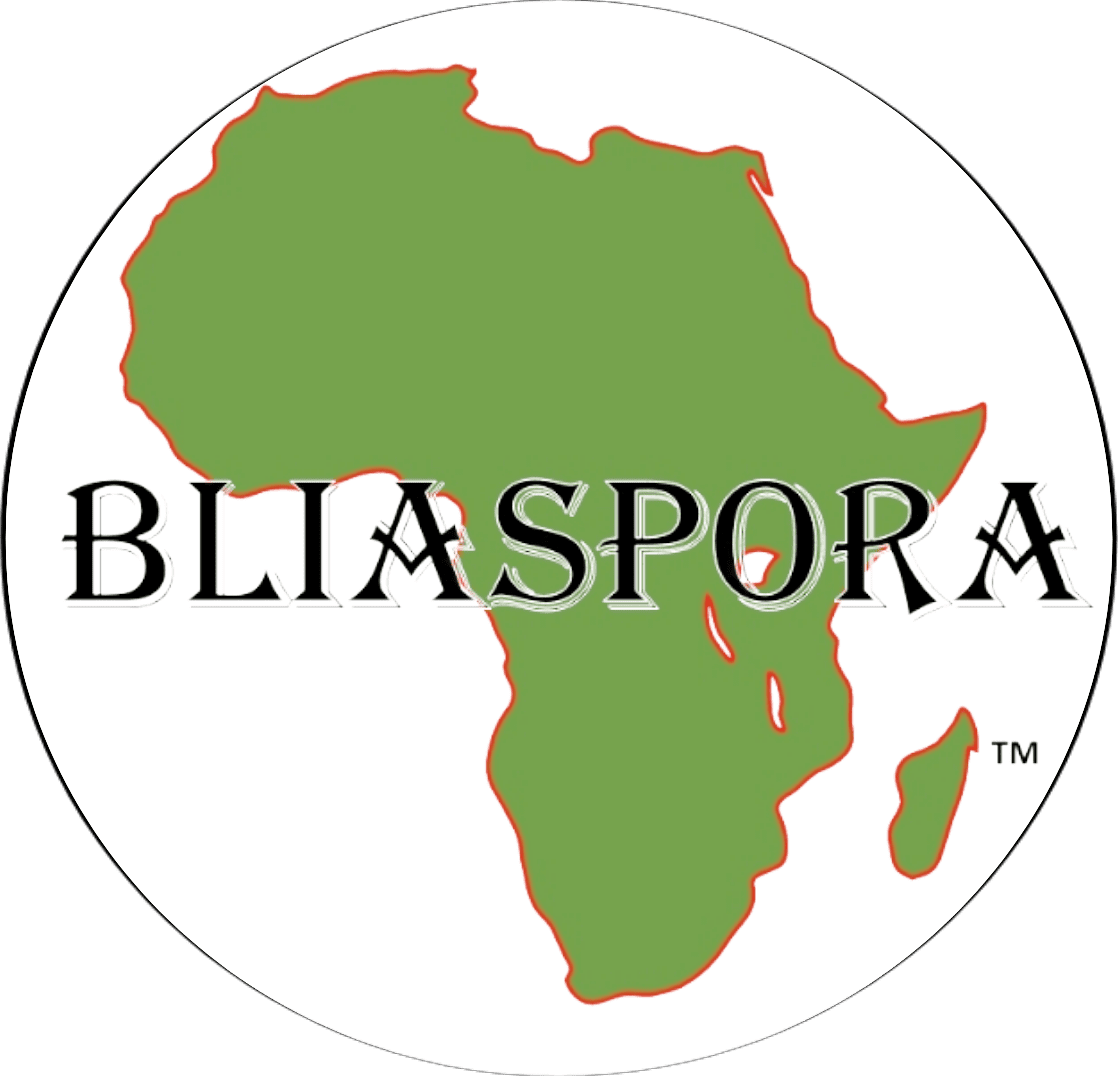Puerto Rico is situated east of the Dominican Republic and is a former Spanish Colony.
“Christopher Columbus arrived at Puerto Rico in 1493. He originally called the island San Juan Bautista, but thanks to the gold in the river, it was soon known as Puerto Rico, or ‘rich port;’ and the capital city took the name San Juan. Soon, Puerto Rico was a Spanish colony on its way to becoming an important military outpost. Puerto Rico began to produce cattle, sugar cane, coffee and tobacco, which led to the importation of slaves from Africa. As a result, Puerto Rican bloodlines and culture evolved through a mixing of the Spanish, African, and indigenous Taíno and Carib Indian races that shared the island. Today, many Puerto Rican towns retain their Taíno names, such as Utuado, Mayagüez and Caguas.” https://www.smithsonianmag.com/travel/puerto-rico-history-and-heritage-13990189/
Like many other colonies throughout the America’s in Puerto Rico the right for freedom was exercised through slave revolts. Although, many were small the most notable was the Grito de Lares the last known slave uprising on the island, soon after, slavery was abolished like similar Spanish colonies in 1873. Like Cuba the Spanish America War lead to the involvement with the United States on the Island. The U.S. saw the island as a place to station their warships as a contribution to the Caribbean stability especially with the soon to be built Panama Canal on the horizon.
On October 18, 1898, Gen. John R. Brooke became military governor of Puerto Rico. Spain subsequently ceded the island to the United States by the Treaty of Paris, which was signed in December 1898 and ratified by the U.S. Senate in February 1899. The military administration, which lasted until May 1900, successfully policed the island, established a public school system, managed government finances, and built sanitation networks, highways, and other public works. The U.S. Congress instituted civil government in Puerto Rico with the Foraker Act (May 1900), under which the United States continued to exercise the controlling power, a condition that proved distasteful to many Puerto Ricans; as a consequence, the law was subsequently amended to give Puerto Ricans a wider role in the government. The Olmsted Act, approved by the U.S. Congress in July 1909, gave the U.S. president a more direct role in Puerto Rican affairs. However, the majority of Puerto Ricans eventually demanded a larger measure of local control and many other changes. During World War I the U.S. Congress responded to these pressures—and to the threat of German submarines prowling Caribbean waters—by passing the Jones Act, which came into effect in March 1917. Under its terms U.S. citizenship was conferred collectively on Puerto Ricans. https://www.britannica.com/place/Puerto-Rico/Rule-by-the-United-States
In recent years Puerto Rico faced a couple of natural disasters including Category 5 Hurricane Maria that killed approximately 3,000 people in September of 2017. Now January 2020 island is periodically getting hit with earthquakes and aftershocks that’s causing extensive damage. Politically the island is undecided whether to seek statehood status. The debate to become the 51st state in the United States have been brought up throughout the years, the first in 1967.
Like many Spanish speaking nations in the America’s the African influence can be seen in the music and like those nations Puerto Rico’s music is inspired by Afro Latino’s. Bomba and Plena are styles of music created during Spanish rule. Despite the contributions that Afro Puerto Ricans made they still see systematic forms of racism, like other nations where Blacks are the minority.

*other: includes American Indian, Alaskan Native, Native Hawaiian, and Pacific Islander.
*99% of the population is Latino
*Data From: (https://www.indexmundi.com/puerto_rico/demographics_profile.html)

